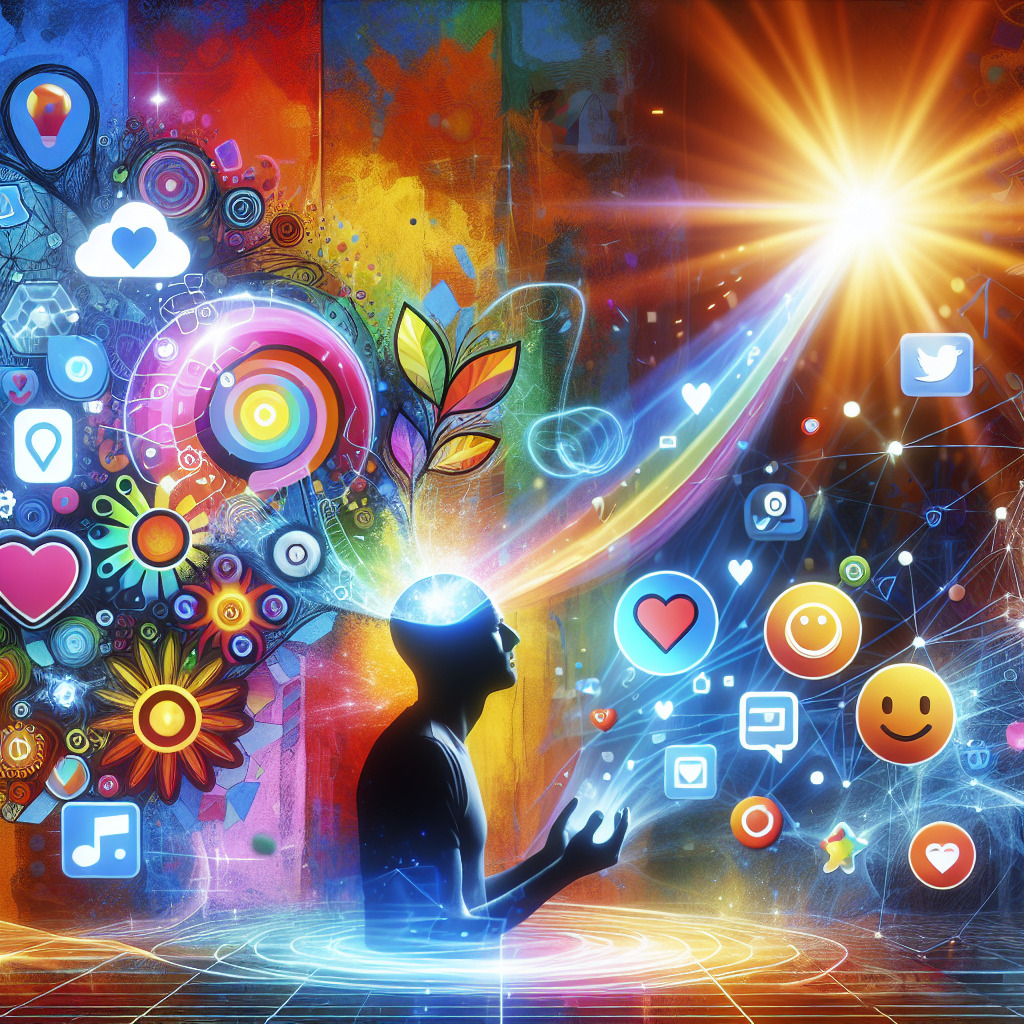Key Takeaways
Introduction: The Impact of Social Media on Mood
Social media is intertwined with our daily lives, influencing our moods in myriad ways. We’ve all experienced the emotional rollercoaster of scrolling through endless feeds, feeling elation at a friend’s good news or despair at distressing global events. So, it’s no surprise that one tweak in my social media routine resulted in a significant mood boost, transforming my mental landscape.
Recognizing the Power of Digital Influence
Before delving into the change, it’s important to acknowledge the potent power that social media wields over our emotions. According to numerous studies, social media can both positively and negatively impact mental health. It offers connection and inspiration but can also breed comparison, envy, and isolation. Through awareness of these dynamics, we can start leveraging social media for our benefit.
The Decision: Curating My Digital Space
It all started with a simple but purposeful decision: to curate my digital environment conscientiously. Up until that point, I had unknowingly allowed a patchwork of content to shape my thoughts and influence my moods. The turning point came when I actively chose to reshape this consumption with a focus on positivity and inspiration.
Elimination of Negativity
The first step in my strategy was a digital declutter. I spent a dedicated weekend unfollowing accounts that stirred feelings of inadequacy, specifically those that perpetuated negative self-comparisons. The immediate effect was profound. The anxiety I previously felt from endless lifestyle-content comparisons diminished, leaving room for peace and contentment.
Nurturing Positivity
Simultaneously, I prioritized following accounts and joining groups that resonated with my values and interests. Accounts focused on mental well-being, art, travel, and other passions filled my feed. This transformation didn’t just buffer against negativity—it rejuvenated my perception of social media, making it an extension of my personal growth journey.
Establishing Boundaries for Better Balance
The second pivotal change involved setting time boundaries for my social media consumption. Automatically reaching for my phone first thing in the morning or during any idle moment was replaced by specific, intentional times for checking social updates.
Scheduled Check-Ins
Adopting designated social media slots—such as during lunch breaks or in the evening after work—allowed me to reclaim valuable time that I spent engaging in offline activities. This not only boosted my productivity but also enriched my social encounters and personal hobbies, like reading, hiking, and gardening.
Digital Detox Nights
Moreover, instituting regular “digital detox nights” every week, where screens were replaced by mindful activities, further enhanced my mood. These nights became sanctuaries of creativity and introspection, devoid of any chiming notifications or backlit distractions.
Embracing Mindful Interaction
Imposing boundaries paved the way for more mindful interaction. Instead of passively consuming content, I started actively engaging with it. I took a few moments to reflect on how a post made me feel, interacting only when I felt a genuine connection.
Quality Over Quantity
This shift from quantity to quality of interaction fostered deeper virtual relationships. Comments became more meaningful and shares more deliberate. Rather than broadcasting every thought, I curated interactions that sparked joy and fostered connections.
Conscious Response
Another aspect of mindful interaction was taking control of my emotional responses. Whether I felt uplifted or downcast by a post, acknowledging and accepting those emotions allowed for a deeper understanding of my triggers, making emotional navigation more intentional.
The Ripple Effect: Real-World Benefits
The changes in my online behavior had far-reaching effects on my offline life. Improved mood led to better overall mental health, enhancing my in-person interactions and relationships.
Enhanced Relationships
Freed from the encumbrance of social media’s more toxic elements, I found myself more present and engaged in conversations with family and friends. Without the subconscious comparisons and distractions, genuine empathy and understanding flourished in these interactions.
Personal Growth
Exploring interests through social media positively influenced personal growth. I discovered communities and individuals that align with my goals and values, providing infinite inspiration and motivation for personal projects and dreams.
Conclusion: The Power of Intentional Digital Engagement
In a world where digital presence is often equated with personal value, regaining control over that narrative was empowering. By curating my social media experience and setting deliberate boundaries, I unlocked a significant boost in my mood and overall life satisfaction.
Ultimately, fostering a healthier relationship with social media is not about complete withdrawal but about integrating practices that support mental well-being. Through thoughtful engagement and mindful consumption, we can harness the positive potential of social platforms while reducing their detrimental impacts on our mental health.

